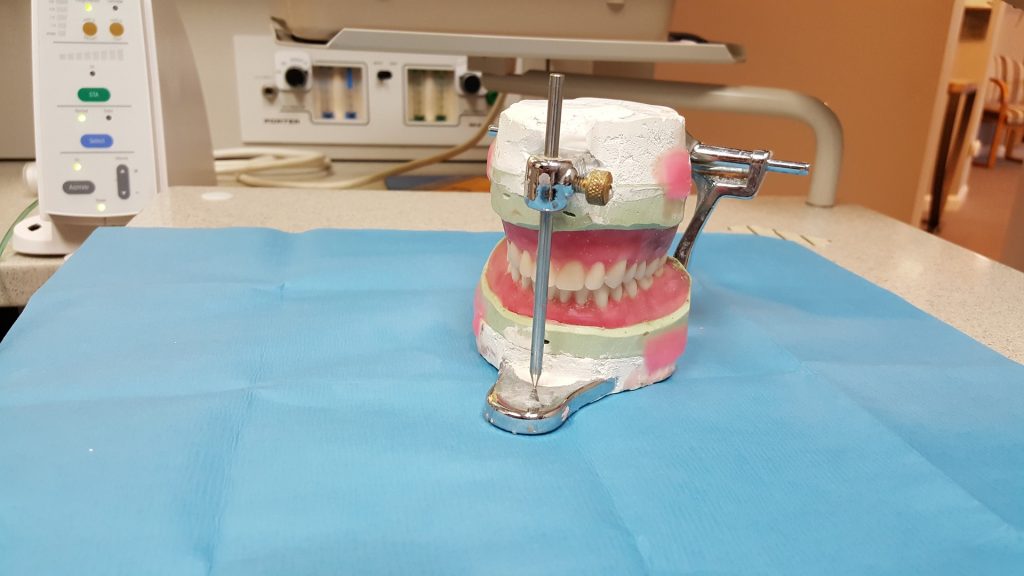
First impressions last, and nowhere is that truer than in dentistry. After all, without the ability to take an accurate and stable replica of the patient’s teeth and soft tissue, it’s almost impossible to get a well-fitting prosthesis or restoration. Dental impressions are used to make anything that fits over or replaces teeth – from mouth guards and braces to crowns and veneers.
A lot of the success of an impression comes down to the materials that are used for the job. One area that people may find challenging is that there is the hope one material can address every specific need.
But is that the right material for the job?
When it comes to taking a dental impression, there are several ideal characteristics of the materials. They need to be both non-toxic and non-irritant, with a reasonable set time and no unpleasant taste for the patient. It should be accurate in terms of how it correctly reproduces the surface and its stability.
The right materials for the job
In order to take accurate impressions, it’s important to take into account how the different materials react when they’re setting, and how this can affect both the trays and the disposal of the materials afterward. In all cases, but particularly when it comes to the rigid materials, it’s important to make sure you have plaster traps installed to prevent the materials from blocking your plumbing.
Although the plaster trap is a must-have to prevent drains from blockage, it is subject to be foul smelling odors from mixed sediments captured in the trap, such as patients’ specimen. Check the professional deodorizer for the drains and traps.
Also known as impression plaster, Plaster of Paris has regularly been used to cast models once an impression has been taken. Yet as it has a number of really effective characteristics that work well when taking an impression for dentures. It works quickly, usually within 2-3 minutes, and gives a great reproduction of important details. Unfortunately, it’s also brittle and can break, and as it’s hydrophilic, the impact of water in the patient’s mouth can distort the impression taking.
Instead, impression compound has been the go-to substance to make impressions. In recent years, its presence has been reduced as it is particularly thick and can’t create the fine detail that is often needed when taking impressions.
Impression paste, which is a zinc-oxide eugenol plaster is a combination of zinc oxide paste and eugenol and is used to create a high detail reproduction, which has great stability when it has set. Unfortunately, it suffers from rigidity, which means that it can often have cracks or break.
The Future of Impression Taking
The diA scanned impression takes seconds to produce, but is not always 100% accurate in the fine detail, whereas the plaster model is. However the digital route allows for a wider choice of materials to be used in the design of the final appliance.
When it comes to taking impressions, advancements have tended to steer away from using impressions to make the mold. In fact, the technological advancements of digital dentistry mean that taking scans of the mouth and producing 3D Printed Molds may, in fact, replace plaster models all together. However, as with all technologies there is a profound learning curve to taking on new systems and methods, so many dentists and lab technicians recommend using both until 3D printing can be relied upon to make fully accurate molds.
In terms of which is the best material for impressions, all three have their strong points and their weaknesses, but in general are dependable and perform well in the practice or the lab. The constant advancements in the field of commercial dentistry mean that each is also getting better, but the competition in the area means that each progresses apace with the other. Ultimately it’s down to the individual’s choice to pick the materials that are most comfortable – in almost all cases it makes the most sense to work with familiar materials as this increases the likelihood of an accurate and long-lasting impression.

